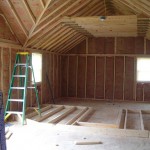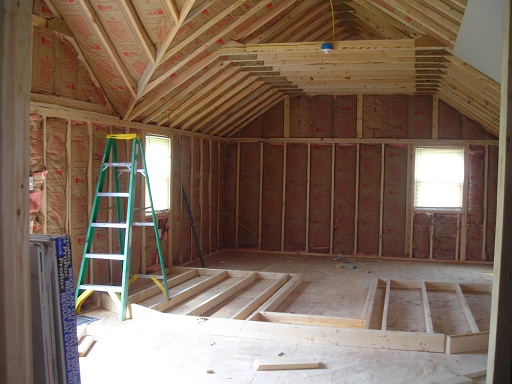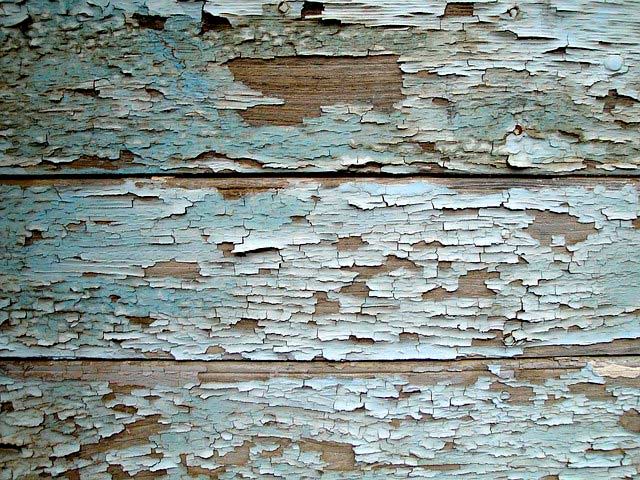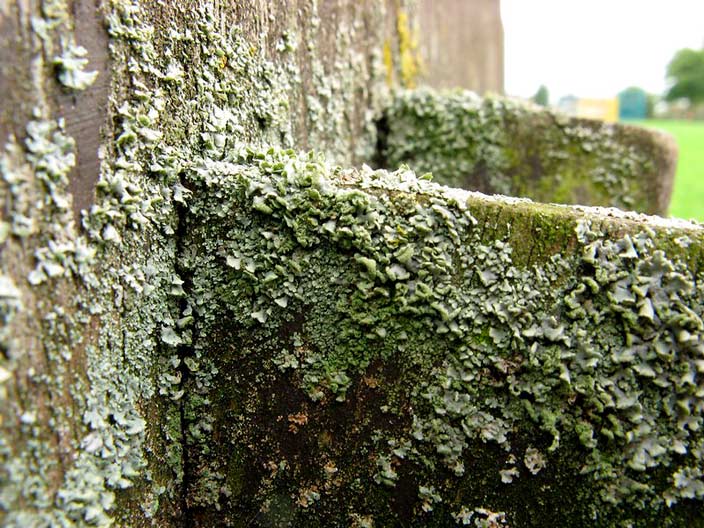
In either scenario, these homeowners are often putting themselves in the direct path of a health hazard with the dangerous chemicals and other byproducts that can cause them and their families harm. Whether it’s chronic allergies, increased asthma attacks, or even cancers, some building materials can be very dangerous, and homeowners should be aware when dealing with them so they can renovate as safely as possible.
Lead-based paint
Although new homes pose no risk of exposure to lead-based paints, those built in the early 70s and before, do. And let’s face it, it’s the older homes that most people are renovating. Over time, exposure to lead in these paints can cause damage to the heart, as well as the central nervous, lymphatic, and reproductive systems.
It has also been found that lead is particularly damaging to a child’s development and can lead to learning disabilities. And let’s not forget about the four-legged family members; lead can be as harmful to your pets as it is to you.
Mold
Depending on where you live, your house might be very susceptible to mold that grows in dark, cold, wet places. A homeowner in, say, New Jersey will have many more problems with mold than a homeowner in Arizona would, where the climate tends to be warmer and dryer.
Mold is ubiquitous and can be found in crawl spaces, inside walls, surrounding pipes, and anyplace else that holds moisture. And mold can cause a lot of health problems for people, particularly those with allergies and asthma. If you’ve recently moved into a house and have experienced an increase in coughing, nasal discharge, and irritated throat and eyes, there’s a good chance you have a mold problem.
It is advisable to wear a face mask if you believe your house has a mold problem. And though you may want to do your renovations yourself, mold can be a real problem to not only your health but the structure of your home, so it’s always better to seek the advice of professionals.
Asbestos
Another common hazard found in older homes is asbestos. Back in the day, asbestos was used to prevent the spread of fire and is generally found in a home’s insulation, roofing, ductwork, floors, and around pipes. Asbestos exposure can lead to specific cancer called mesothelioma.
Like lead, asbestos is transmitted through the air via inhalable dust. For this reason, if you suspect you have asbestos in your home, you should wear a mask, and the work area should be kept as dust-free as possible.
What Other Steps Can You Take to Have a Healthy DIY Project?
It’s not enough to try and avoid the possible toxic materials already in your house; you should take measures to keep other harmful chemicals out of your house as well. Any varnishes, paints, or stains should be either low VOC or, preferably, no VOC. Many VOCs, such as benzene, xylene, and formaldehyde is carcinogenic and neurotoxic and can cause everything from headaches to breathing difficulties to cancer.
Although they cost less than hardwoods, particle boards, and plywood both contain formaldehyde-based resins which are used to bind the wood together. If these materials are used in the home, they can actually emit harmful gases into the environment year after year.
Another harmful building material in many homes is vinyl flooring. Sure, it may cost less and be somewhat easy to clean, but the PVCs in the flooring has been linked to hormone disruptions. If at all possible, avoid using these harmful materials listed. If the budget does not allow for this, try and use materials in rooms that children will spend little time in.
Make the Renovations Off-Limits to Your Family
Kids, pets, and pregnant women should not be exposed to the dust and debris from renovations. If friends are helping you with the project, make a separate entrance and exit that workers will come and go through every day, and make sure this pathway is not used by your family.
Also, remove rugs, furniture, and draperies from the room you will work on as well as turn off all heating and air conditioning systems that will only add to the dust distribution.
Seal off the renovation areas with plastic to help keep dust and debris from getting into other areas of the house.
And, at the end of each day, be sure to clean up the area with mops and wet rags and get rid of any dust and debris from the day’s work, being sure to always wear a protective mask.
It may be impossible to avoid coming into contact with dangerous materials while attempting DIY projects, especially in older homes, but by taking certain precautions, you can make sure you and your family are protected.
Last update of the article: 11/24/2020

About the Author
James is your friendly neighborhood content writer here at the Green Living Blog. With a passion for all things sustainable, he’s your go-to guru for everything eco-friendly. Armed with a treasure trove of wisdom about sustainable living, recycling, and environmentally conscious practices, James is on a mission. He’s here to make sure you not only protect your family but also keep Mother Earth smiling. 😊🌎 When he’s not busy sharing eco-friendly insights, James can often be found teaching his cat that compost bins make the purr-fect hideaway. 🐱♻️ Join James on his quest to uncover the secrets of defeating wasteful habits while leaving the lightest footprint on our precious planet’s ecosystem.




